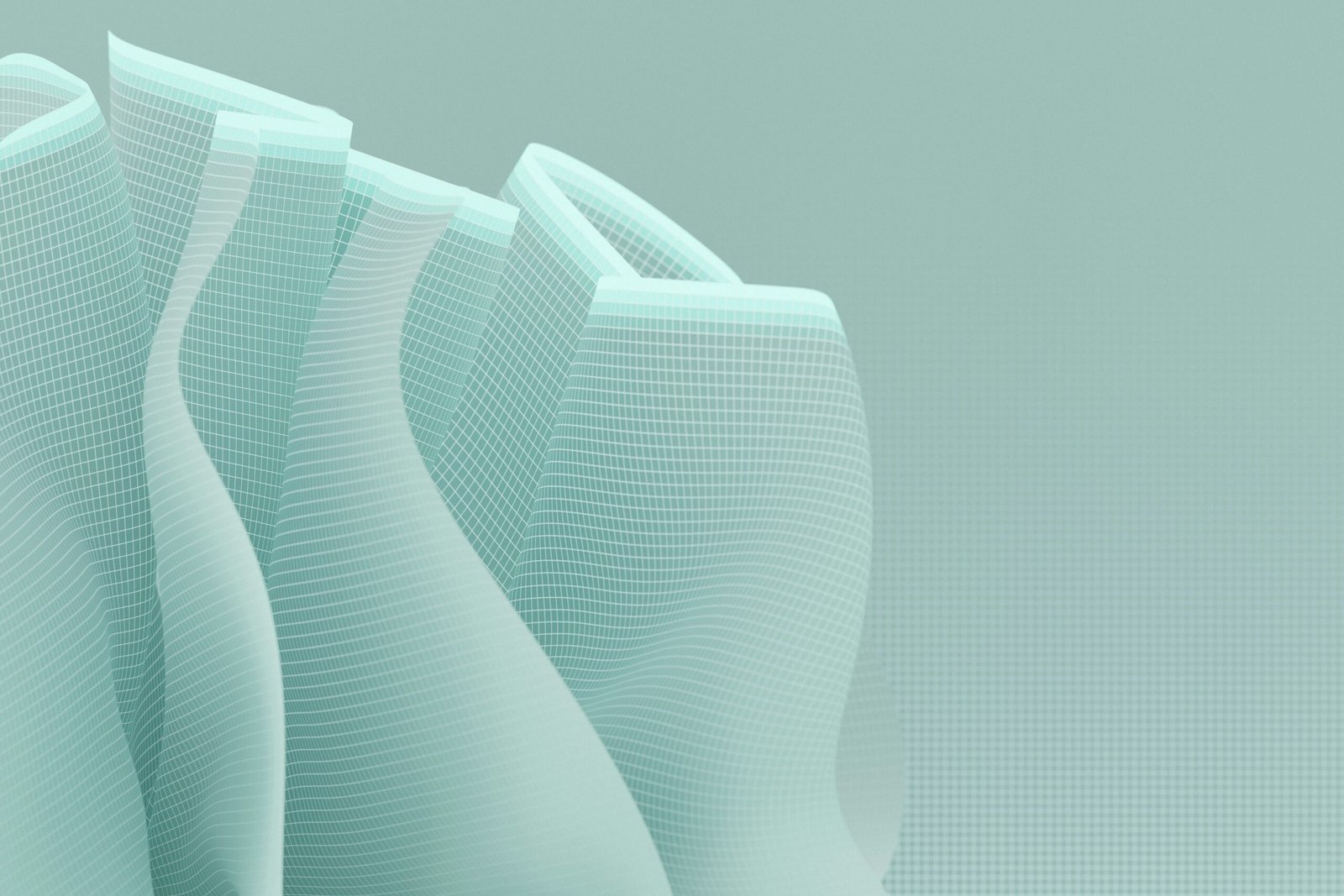When it comes to sewing, the magic often lies in the details. One of those crucial details is seam types or Nahttypen, which play a vital role in the strength and durability of your projects. Whether you’re crafting garments, home décor, or accessories, understanding different seams can make all the difference. Each seam type brings its unique flair and functionality to your creations. From sleek finishes to robust constructions, choosing the right seam elevates not just aesthetics but also longevity.
Ready to dive into the world of stitching? Let’s explore various seam types that will empower you and enhance your sewing skills!
Flat-Felled Seam
The flat-felled seam is a popular choice in garment construction. Known for its strength, it creates a clean finish on both the inside and outside of the fabric. This makes it ideal for shirts, jeans, and other items subject to wear.
To create this seam, two pieces of fabric are stitched together with raw edges aligned. The top layer is then folded over the bottom layer and stitched down again. This encases the raw edge, preventing fraying while ensuring durability.
Flat-felled seams can withstand heavy use without compromising their integrity, making them perfect for high-stress areas like armholes or yokes. Plus, they add an aesthetically pleasing element to garments—smooth and professional-looking.
Sewing enthusiasts love this technique not just for its functionality but also for how polished it looks on finished projects. A well-executed flat-felled seam truly elevates any piece of clothing you’re working on.
French Seam
The French seam is a favorite among those seeking elegance and durability in their sewing projects. It’s often used on lightweight fabrics, where a clean finish can enhance the garment’s aesthetic.
Crafting this seam involves enclosing raw edges within the seam itself. This not only prevents fraying but also gives a polished look to both the inside and outside of your fabric.
To create a French seam, start with wrong sides together. Sew a narrow initial stitch, then trim down before folding the fabric right sides together and stitching again. The result? A beautifully finished edge that adds sophistication to blouses or delicate garments.
This technique shines in sheer fabrics like chiffon or organza. It provides strength without sacrificing style, making it an excellent choice for high-quality creations that deserve extra attention to detail.
Overlock Stitch
The overlock stitch is a popular choice in the world of sewing, particularly for knit fabrics. Its unique design allows it to trim and finish raw edges simultaneously, preventing fraying.
This stitch creates a clean, professional look while also providing stretch. It’s perfect for seams that need flexibility, making it ideal for activewear and fitted garments.
Overlock machines are specifically designed to execute this type of stitch with ease. The mechanism uses multiple threads to create a strong hold on fabric layers without adding bulk.
Using an overlock stitch not only enhances durability but also adds a decorative touch. Many sewists appreciate its aesthetic appeal as much as its functional benefits.
When working with delicate or stretchy materials, the overlock becomes invaluable. It accommodates movement while maintaining structure in your projects.
Zigzag Stitch
The zigzag stitch is a versatile seam type that adds both strength and flexibility to your projects. Its distinctive pattern resembles a series of connected peaks and valleys, making it not only functional but visually appealing as well.
This stitch works wonders on stretch fabrics like jersey or spandex. It allows the fabric to maintain its elasticity while providing a secure hold. If you’re sewing knits, this is often the go-to choice for hems and seams.
Beyond practical use, the zigzag stitch can also serve decorative purposes. Different widths and lengths can create unique effects, enhancing your design without much effort.
Using a zigzag stitch minimizes fraying at raw edges too. This feature prolongs the life of your garment by preventing wear over time, particularly in high-movement areas like armholes or crotches.
Consider experimenting with various settings on your machine to discover what best suits your project needs.
Types of Seams for Different Fabrics
Choosing the right seam type is crucial for different fabrics. Each material has its own characteristics that dictate the best stitching method.
For lightweight fabrics like silk or chiffon, a French seam works wonders. It provides a clean finish while preventing fraying, perfect for delicate garments.
Cotton and denim benefit from flat-felled seams. This robust style not only adds strength but also keeps raw edges hidden, making it ideal for casual wear and heavy-duty items.
When working with knits, an overlock stitch is your go-to choice. It stretches with the fabric, ensuring flexibility without compromising durability.
For general sewing projects on various materials, zigzag stitches offer versatility. They can accommodate woven and knit fabrics alike while providing a decorative touch as well as functional support.
Understanding these nuances will empower you to make informed decisions when selecting seam types tailored to each specific fabric’s needs.
Choosing the Right Seam for Your Project
Selecting the right seam type for your project can make a significant difference in both appearance and functionality. Consider the fabric you’re using first. Lightweight materials often require delicate seams, while heavier fabrics benefit from more robust options.
Think about the end use of your garment or item. Will it be subject to stress or frequent movement? If so, opt for stronger seams like flat-felled or overlock stitches that provide extra durability.
Don’t forget about aesthetics, either. A French seam offers a clean finish ideal for sheer fabrics, adding an elegant touch without sacrificing strength.
Always factor in ease of construction. Some seam types are more beginner-friendly than others. Choose one that matches your skill level to ensure a smooth sewing experience and create something beautiful with confidence!
Conclusion
When it comes to sewing, understanding the various Nahttypen is essential. Each seam type serves a specific purpose and can significantly affect the durability, strength, and aesthetic appeal of your project. Whether you are working with delicate fabrics or heavy-duty materials, selecting the right seam can elevate your work.
From the clean finish of a flat-felled seam to the elegant touch of a French seam, each option brings its unique advantages. The overlock stitch offers efficiency for knit fabrics while maintaining stretchability. Meanwhile, the zigzag stitch provides versatility for hems and raw edges.
Choosing the appropriate seam type based on fabric characteristics will enhance both functionality and appearance in your finished product. Take time to assess what works best for your particular needs; this attention to detail will ensure that every piece stands out.
Explore these Nahttypen as you expand your sewing skills and techniques. Your projects deserve nothing less than perfection!

